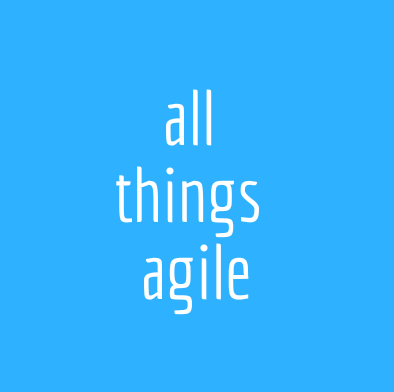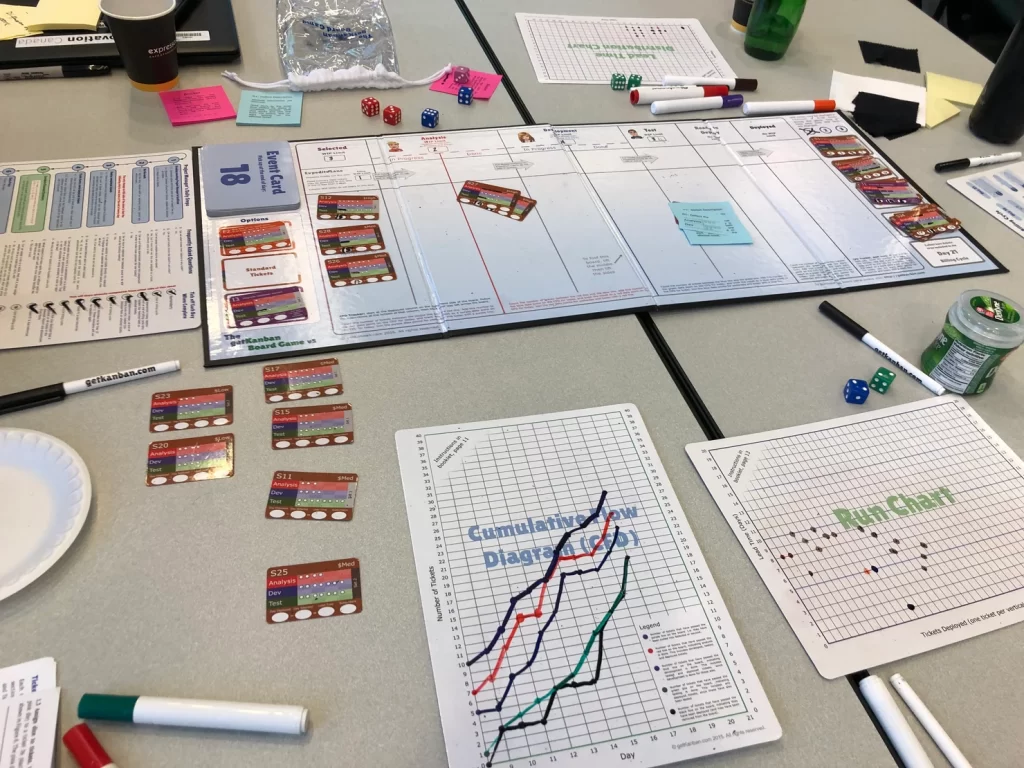In the past few years I have been heavily investing in mentoring, both on the giver and on the receiver end. The thing with mentoring is its ability to insert itself in any relationship so easily so long as both parties are open.
In 2020 I came up with a mentoring wheel. I really like having visual elements, words, pictures, diagrams, that are so packed with meaning that people can keep drawing from them. I feel that when we learn something there is so much more than what we can put into words. And in in this case, we want whoever access our own knowledge to start making their own unique mental connections.
The Mentoring Wheel
I designed this mentoring wheel as a guide for all mentoring relationships I establish now. It did not start in a big bang, I slowly constructed its pieces. Nonetheless, this wheel arrived from my desire to have something simple to communicate on the topic of mentoring. I can use it to describe mentoring, I can use it to assess my mentoring skills. It is simple, 6 slices with name and description in first person.
Being a visual person, I wanted a picture, but I knew it could not be a superficial one. It had to elicit a deep response, one that requires some reflection and thinking. Because if you get mentoring wrong you might think it is all about giving advice, which it is not. Expert advice is a lot more related to consulting, a topic to be explored some other time.
Here is the mentoring wheel as of the end of 2020:

In its current form I tested the wheel in in the scrum mastering programs I have been running. I also tested it in some individual professional relationships with Product Owners, leaders and non-descript agilists.
What I like most is that we can drive hours of conversations from each slice of the wheel. It’s a wheel of competencies. I was able to organize collaborative activities and discussions on:
- what each competency represents;
- how to acquire such competencies;
- how to recognize you are not using such competencies;
- how one competency support the others;
- how each competency shows up in a mentoring relationship;
- which is your stronger competency and which is your weakest;
- what are the benefits of each competency.
As you can see, it really is a powerful tool.
I thought I attempt an exercise of explaining the competencies concisely. Let’s start with the more obvious elements of mentoring such as guidance and experience sharing and finish with the staple of anything in Agile: feedback.
Model and Guidance
In this competency we focus on the power of example from the mentor and their role in helping the growth of the mentee.
Mentoring is a two-way street and a mentor should be interested in developing people, even when they are not managers. A mentor should instill on others the desire to learn more, the will to go from good to great.
Experience
We cannot mentor on everything: we can only mentor based on our experience. This is a critical part of the mentoring relationship. A mentor has to have some deeper experience _ not just knowledge from a book or course _ because that element of reality and how the theory is applied in practice, is usually what is most precious to obtain and unique to people’s own circumstances and chances. Without that it is not mentoring, it is teaching.
Framing and Perspective
As mentors we do not speak THE truth: we speak of our accounts and our perspective.
Big picture descriptions and metaphors can make you a better mentor. The power of selecting your own experience can be better filtered by framing things differently for different mentees. Making clear distinction when you are mentoring about a tool, about a process, about a behavior or any other dimension is important so that the mentee can decide where to put that new knowledge.
Influence
We can mentor people of all levels, even those hierarchically superior to us. No matter their seniority level, though, as a mentor we only have the power to influence, but never to direct. We have no authority to impose, even if this is an HR mentoring program. We have no accountability over people’s career choices.
Remember that mentoring is about enabling people, not changing them.
Communication
What you say is just as important as how you say it. We should always use encouraging language when mentoring. If we remember we do not hold the truth, we will most likely avoid arrogant or one-sided communication. We will also listen more than we speak, because if we are trying to select helpful experiences to share, we need to pay attention to what is being said.
Feedback
We offer feedback when mentoring. Constructive feedback. Intentional feedback.
There are many ways of giving feedback, many styles and techniques to choose from. You should get comfortable with one and master it, because feedback is an important component for testing the mentoring relationship and helping the mentee to assess growth.
Remember that you give AND you receive feedback. Get comfortable receiving it and encourage your mentee to be proactive in giving it. The art of feedback is the meta-learning we all get from mentoring.
Final Words
Mentoring is extremely rewarding and both parties learn and grow from it. That is why I believe mentoring should be part of ANY worker’s life at least a few times. We are different people at different stages of our careers. We shed different lights even to the same event ten, twenty years later.
Through this year of intense mentoring I also discovered that mentoring is extremely powerful as a learning experience setup. It requires so much generosity and listening that it has become my go-to method whenever someone wants to learn something and has no parameters to start.
That is the final benefit I wish you to take from mentoring: being able to look back multiple times and drawing countless insights from sometimes a single individual event. The generosity in mentoring is for everybody.



